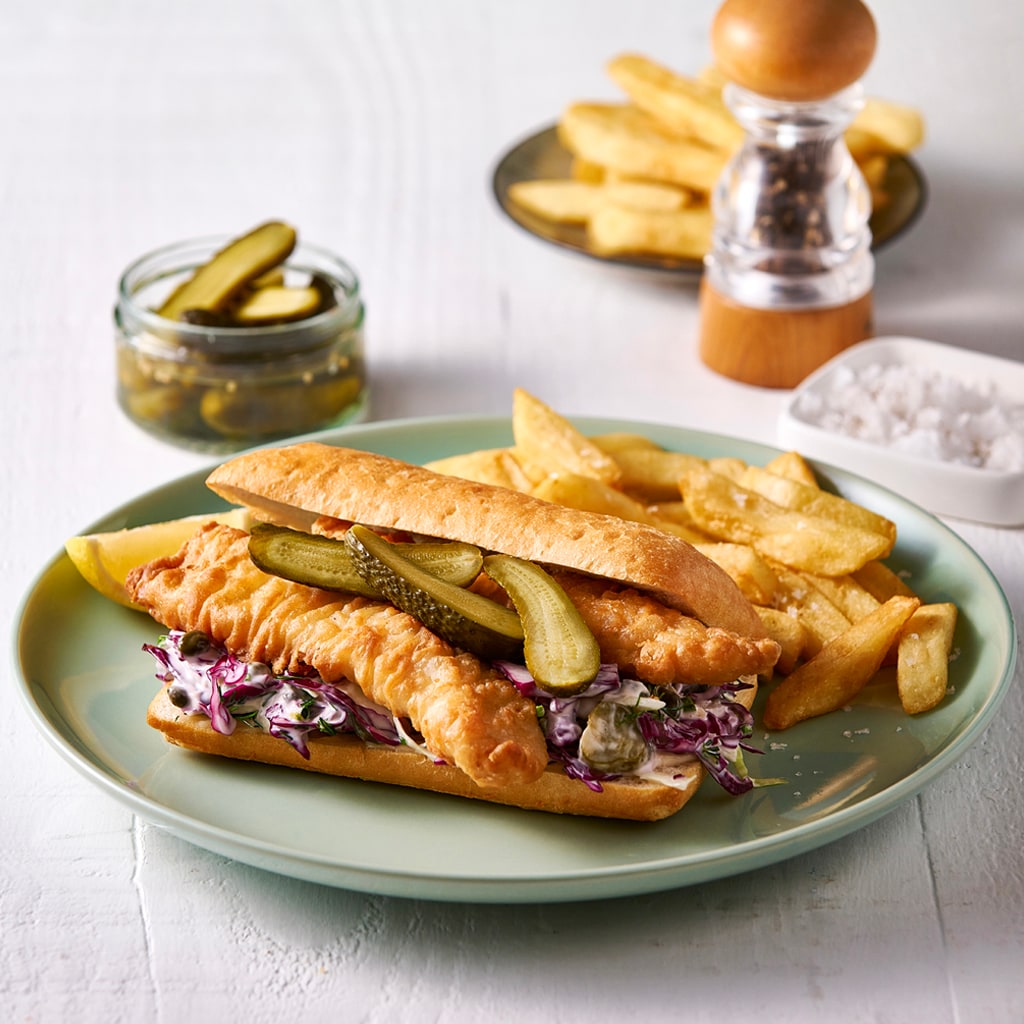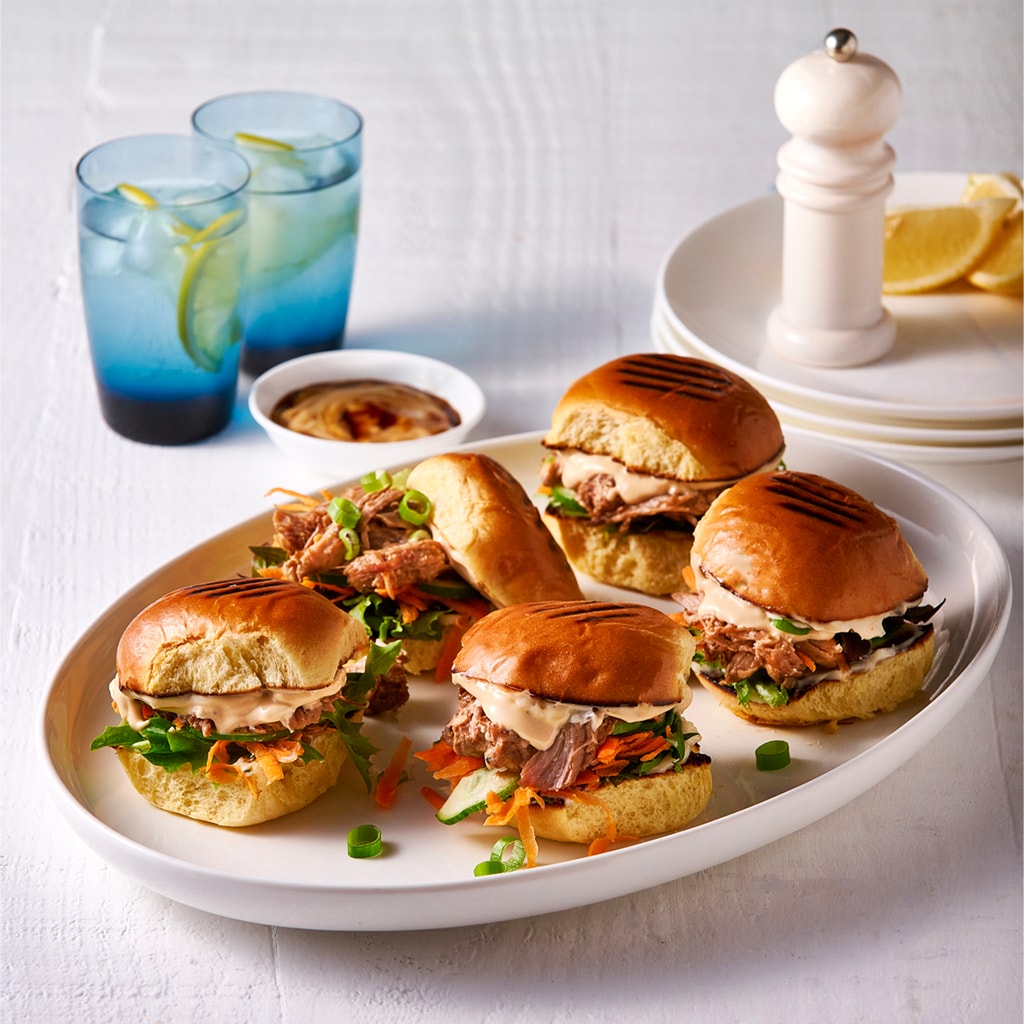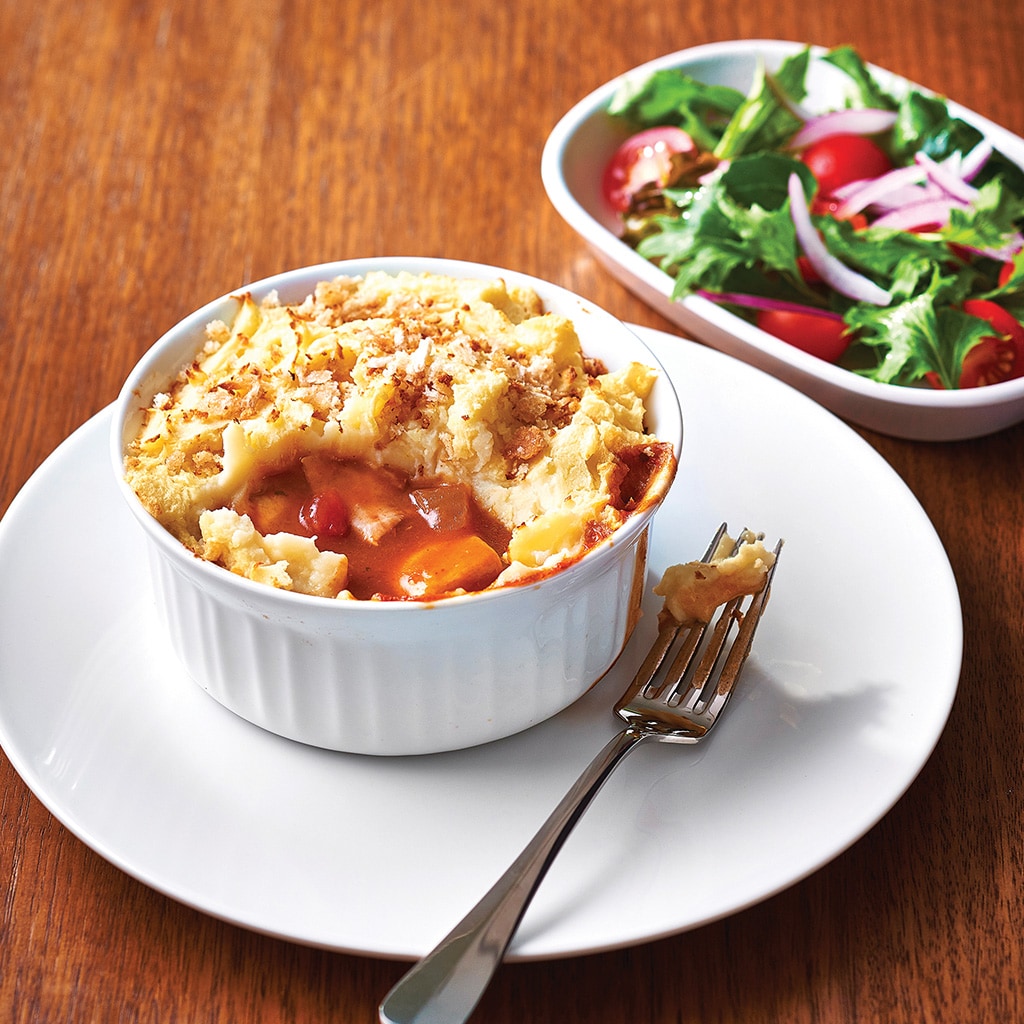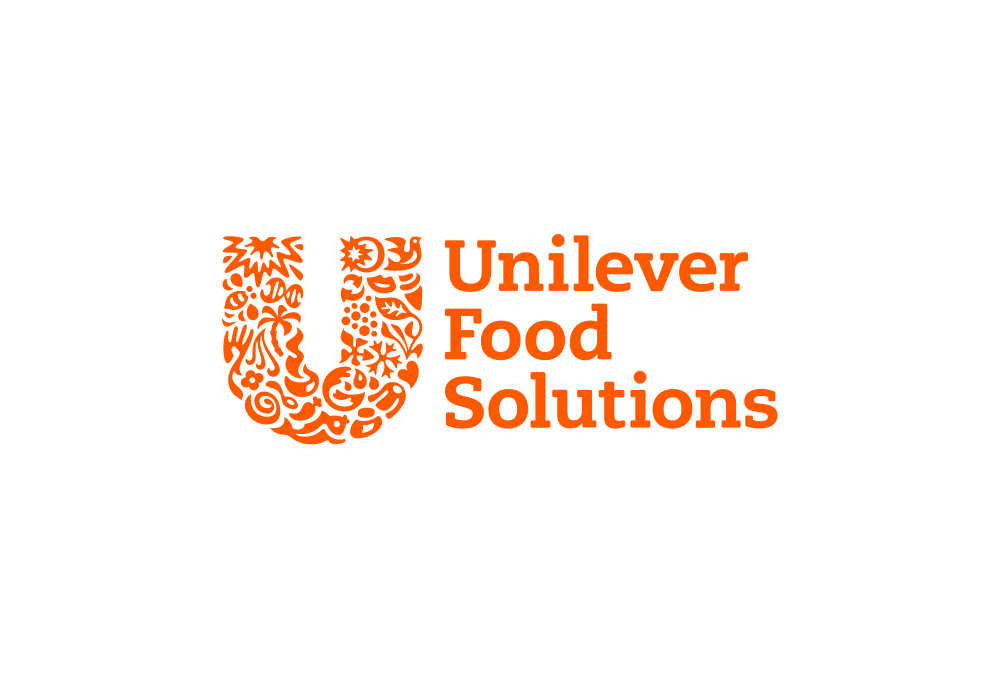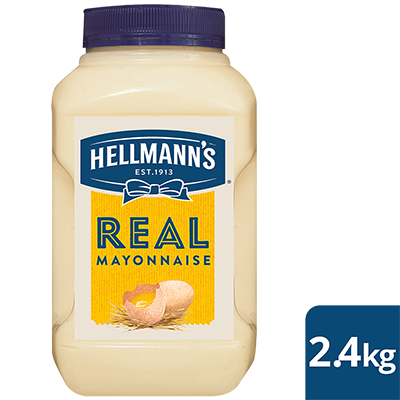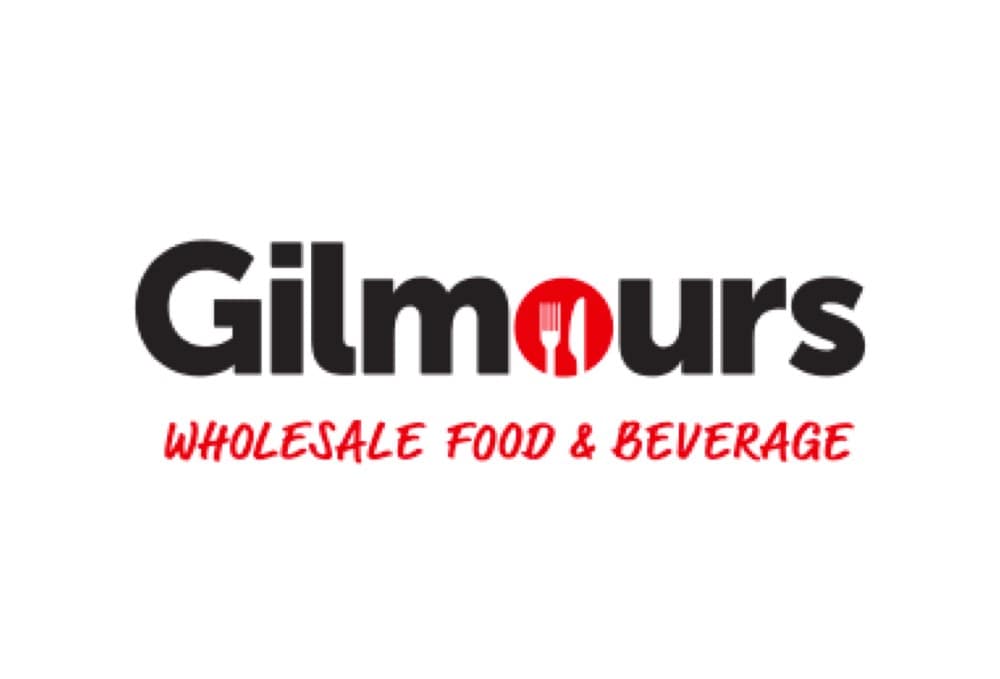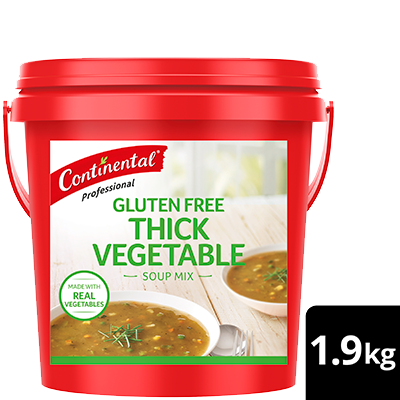The health risks from poor food safety in Aged Care are very real. If not stored, prepared, cooked and served correctly, a resident’s meal may carry potentially dangerous bacteria. Frail residents with an acute illness or chronic health issues do not have the same immune response as younger, healthier adults, and therefore are more susceptible to the dangers of poor food safety.
Aged Care chefs are exceptionally busy with multiple tasks and requirements every day. Bacteria and viruses, on the other hand, are focused on one primary objective – to survive, thrive and multiply as quickly as they can. Food must not be stored or served at a temperature between 5°C and 60°C – known as the temperature danger zone – as this is the perfect conditions for food-poisoning bacteria to grow. (Source: Food Standards Australia New Zealand)
Aged Care Chefs play a key role in keeping food safe. Chefs can safeguard the meals served to residents at every stage of preparation, storage, serving and eating. High standards of kitchen hygiene practices are essential. Solid knowledge and understanding to assess food safety hazards and implement the Hazard Analysis Critical Control Points (HACCP) system are also a must. Having equipment such as commercial food thermometers and data loggers helps with accurate temperature readings and records. Above all, the best way to build food safety knowledge and practice is through meaningful, practical and site-specific training.
Andrew Thompson, Director at Think ST Solutions, is a specialist consultant in food safety in the Aged Care, Hospital and Hospitality sectors. He believes that food safety can slip through the cracks unless it is given high priority in an organisation’s culture and everyone participates in real, hands-on training.
“Often Aged Care facilities provide food handling employees with basic generic training programs which may be delivered online. Many organisations believe this is enough to meet food law requirements and manage risk,” said Thompson.
The best way to prove food handlers are competent is by demonstrating they can identify every food safety hazard and know how to control those hazards in their specific kitchen and dining room. Site-specific, practical live training that engages chefs and food handlers in every step of the process can achieve this, while basic online tutorials cannot.
In his view, there is a common misconception that managing food safety risk is a matter of compliance and can be demonstrated with completed paperwork or documented management procedures.
“It’s not your paperwork or food safety management system which prevents or mitigates the risk of a food safety incident. It’s the actions taken by Aged Care food handlers; what they know, say and do,” he explained.
Sadly, there have been cases of foodborne illness in the Australian Aged Care sector in the last few years, some with tragic consequences.
“Know where food comes from, the condition it arrives in and the way it is stored and prepared. Be selective and mindful of safety at every stage, from the selection of suppliers through to the plated meal, and develop standardised, traceable processes,” recommends Thompson.
Thompson believes a Food Safety Management System should be viewed as an investment rather than a cost, considering the impact any inefficiencies within the system can have to reputation and revenue losses. The investment can be in various forms – financial, time, resources, and also in instilling a food safety and quality cultural mindset.
“Successful Aged Care operations have food safety and quality embedded in their culture as a shared value. Best practice in food safety happens when chefs and management alike are committed to producing safe, high-quality food that is also delicious, nutritious, the right texture and complies with all regulatory requirements,” he said.
Andrew Thompson is the Director of Think ST Solutions, a food safety training and publications consultancy offering practical solutions to both management and staff in hospitals, Aged Care facilities, restaurants, hotels and the food industry.







